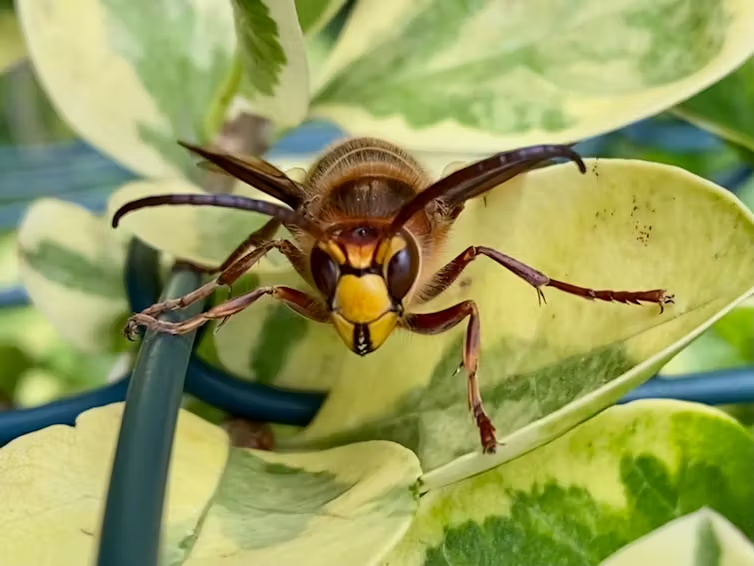Here at Centennial, homeowners are noticing a peculiar pattern. This year, more wasps are swarming around their patios, gardens, and play areas than in previous seasons. This is not only annoying for people but also a genuine threat to the safety of families who enjoy their backyard without fear of stinging insects. It has reached the point where even backyard barbecues require constant supervision, and children regularly have to retreat from wasps defending their territory. If wasps are constantly buzzing around your property, getting in touch with Saela Pest Control will help you take back your yard in the safest and most effective way possible.
What’s Fueling the Increase in Wasps Across Centennial?
When it comes to wasps, this microclimate, which is Centennials’ environmental sweet spot, is working against homeowners. Wasps have a longer breeding season than in more extreme climates because of the city’s mild climate, where warm summers continue until well into September. Factor in the elaborate irrigation systems that keep grass lawns green amid Colorado’s dry season, and you have a wasp utopia. These bugs require water to survive, and the nice yards in Centennial provide it. There are literally dozens of sheltered nesting spots amid a tapestry of mature trees, flowering gardens, and suburban development.
How Landscaping and Yard Design Attract Wasps
-
Flowering Plants and Ornamental Gardens
Wasps love those lovely flower beds that make Centennial yards so beautiful. Attracted to flowering plants with abundant nectar, these insects find fall bloomers particularly enticing, especially asters and sedums, which are common in Colorado landscaping. Even though bees are the main contributors to pollination efforts, wasps also stop by flowers to get some food, particularly in the early days before the season when they start switching to hunting for protein sources.
-
Water Features and Irrigation Systems
That birdbath or ornamental fountain you had installed? So think of it as a wasp watering hole. Because of Centennial’s scorching dry summers, wasps require a steady supply of water. Wasps will happily drink from puddles created by drip irrigation systems, leaky hoses, and morning sprinkler runoff all day. The availability of moisture usually produces more wasp activity in properties around the Cherry Creek Trail or other water sources.
-
Wood Structures and Mulched Areas
Decks, pergolas, and wooden fences are not only functional but also a top target for paper wasps searching for the right place to build their nest. Avoids the rain by doubling up on the sheltered undersides of deck boards and the corners of pergolas, keeping close to food sources. Wood mulch beds (particularly cedar and pine) also lure wasps, as some wasp species actually scrape wood fibers for their paper nests.
-
Fruit Trees and Vegetable Gardens
Even if you are growing fruit trees or vegetables in your Centennial yard, you are operating an all-you-can-eat buffet for wasps. Wasps from many kilometers away can detect the sweet scent of fallen apples, rotten tomatoes, and damaged peaches. No garden, well-kept or otherwise, escapes these pests when the fruit ripens in mid to late summer.
-
Outdoor Dining and Entertainment Areas
Outdoor kitchens, dining sets, and trash receptacles on patios attract hordes of wasps when summer is in full swing. Easy meals attract wasps, from food odors and sugary drinks to incorrectly sealed garbage bins. Things worsen at dusk, when the wasps tend to become more aggressive, seeking food before returning to their nests for the night.
Protect Your Centennial Yard Today!
Erasing a wasp issue is not just knocking down all the nests you can see with a broom handle, which usually only increases the challenge of infestation, and you are at risk of being stung several times during that process. Centennial homeowners trust wasp management systems from Saela Pest Control. They pay attention to all nest sites around your property, from those hard-to-find areas in attic vents, underground tunnels, and tree cavities that few would notice. Their treatments are designed for actual nests/nest sites and create a protective barrier that keeps wasps from returning.

